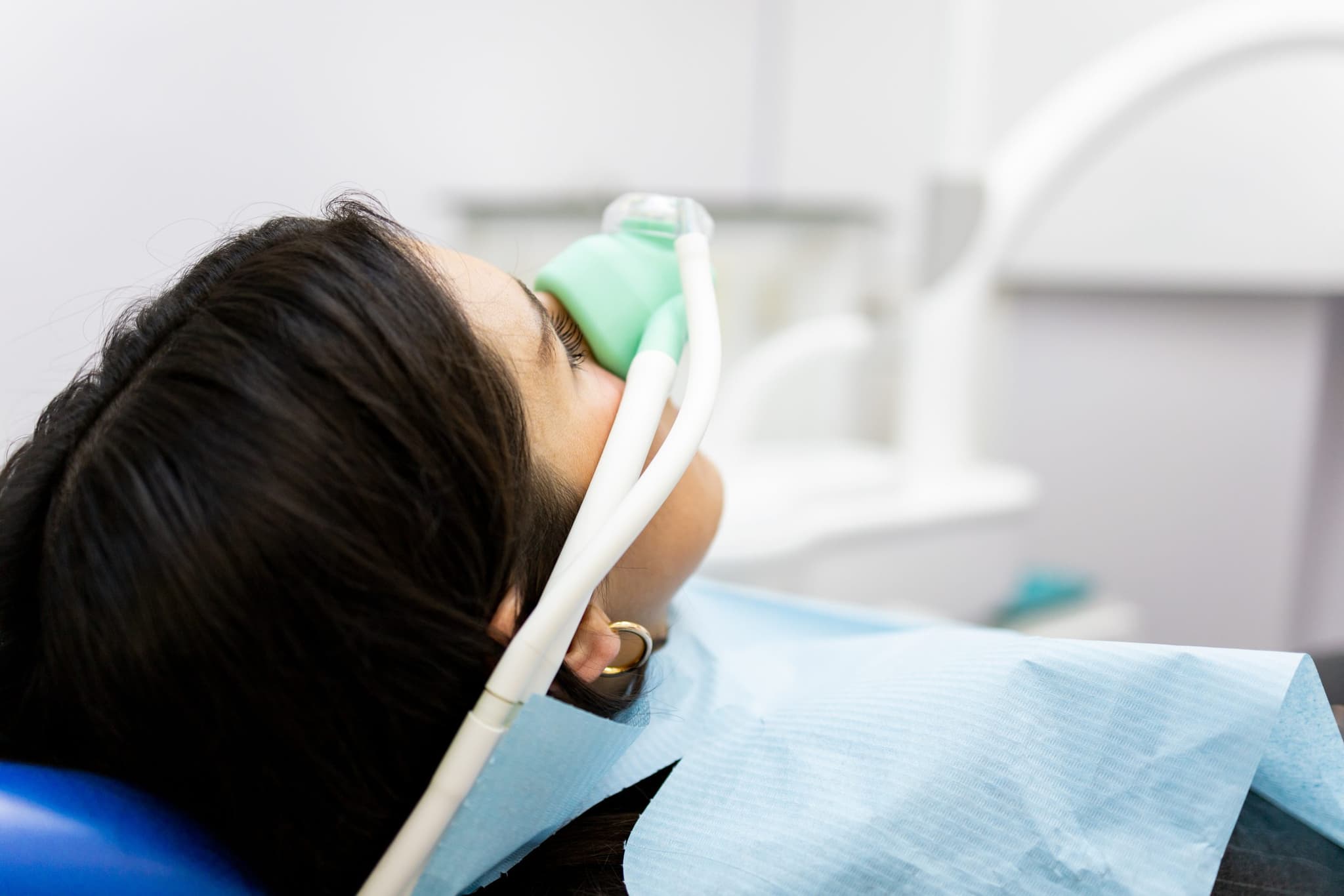
2025-12-17T17:11:43
Why OBGYN Clinics Are Using Nitrous Oxide for Pain Relief
- OB/GYN
January 31, 2017 | OB/GYN
Specialties:OB/GYN

One of the primary goals of physicians in the OB/GYN field is preventing disease in the reproductive organs, and one of the most common types of disease is cervical cancer. Cervical cancer describes cancer in the cervix, which is the lower section of the uterus connected to the vagina.
Like many other forms of cancer, the success of treatment for cervical cancer depends in large part on how early it was detected. This makes regular screenings as part of preventive care vital – detecting the early signs of cervical or other cancers allows you to treat them early, and can limit invasive procedures and expenses later in life while improving life expectancy and quality.
There are two primary types of cervical cancer:
Most cases of cervical cancer have no visible symptoms in their earliest stages, which is part of what makes it tough to detect early. In the later stages, symptoms may still not be present, but they can include:
While doctors still aren’t 100 percent sure how it develops, they’re certain that a condition called human papillomavirus (HPV) is directly related to most cases of cervical cancer. HPV is a sexually transmitted infection which is usually stopped by the immune system naturally, but in some cases it can survive for years and lead to the formation of cancer cells in the cervix. There are vaccines available to help prevent HPV, and these are recommended for both women and men.
Healthy cells can mutate and become cancerous, and there are several factors that can increase the risk of mutations:
Prevention is the most effective treatment against conditions like cervical cancer. Paying attention to these risk factors and getting the proper vaccines can help lower your risk.
From the age of 21, or even earlier in some cases, all women should be screened for signs of cervical cancer. The two most common screening tests are:
If your doctor thinks there’s a chance you have cervical cancer, you’ll be given a further examination. These tests can include:
The first step of treatment is figuring out which stage your cancer is in. This will be done using imaging tests like MRIs or CT scans, or sometimes a visual exam. There are four stages of cervical cancer:
There are three major forms of treatment for cervical cancer, depending on its stage.
All treatment options will be discussed with your doctor. For any questions about prevention or treatment of cervical cancer, contact your healthcare provider.
“Cervical Cancer – Topic Overview.” WebMD. http://www.webmd.com/cancer/cervical-cancer/cervical-cancer-topic-overview?page=2
“Cervical cancer.” The Mayo Clinic. http://www.mayoclinic.org/diseases-conditions/cervical-cancer/home/ovc-20210887
WRITTEN BY:
The Live Better Team

2025-12-17T17:11:43

2025-11-21T14:10:25

2024-09-19T11:59:35

2019-12-31T15:15:01
This information is not intended to replace the advice of a medical professional. You should always consult your doctor before making decisions about your health.